CRO stands for Conversion Rate Optimization, and it’s the practice of optimizing your website to increase the number of people who take the desired action(s).
These actions can range from filling out a form, downloading an eBook, following a link, signing up for a free trial, adding items to a cart, all down to a customer making a purchase.
But pause for a minute.
Do you know you’ve been at the receiving end of CRO?
At one point or the other in your quiet or busy time, you’ve signed up for a service, added something to your cart online, and then you clicked that “pay” or “buy” option —oh, now you remember!
But what you may not have noticed is that at each point of contact, factors were pushing you to make one decision after the other.
From the moment you landed on that website to your final action, there were multiple tiny optimizations that were guiding you to the purchase - and these subtle changes are the art of Conversion Rate Optimization.
Whether you’re trying to convert customers for $20 checkouts or $2,000 checkouts, the rate at which you turn anonymous visitors into paying customers can make or break your online business.
Nobody ever stumbled into a website for free; we always pay with either hard dollars (advertising) or soft dollars (content marketing) to get the click - so it’s critical to seize the opportunity. It sounds simple, the higher the percentage of visitors you convert, the higher your revenue and margins increase.
However, it’s not that easy to do. With only 22% of businesses satisfied with their conversion rates, it begs the question;
It starts with understanding how to look at data. To find out whether something you’ve done, from a site redesign to installing Edgemesh, is helping your business — you’d look at the conversion rate.
Using the default Google Analytics dashboard, you’ll see that it shows you all users who visited your site during a period of time. But here’s the thing; that’s just noise, and you wouldn’t see the impact in your bottom line. A conversion rate taking all users into account gives you results all over the map, data-wise.
However, when you take those bailed users out, you can see what you’re working with.
A bailed user is one whose session duration (in other words, how long they engaged with the site) is less than one second. If, for example, 61% of your users are bailed-out users, this affects the conversion rate.
A conversion rate is the number of users who buy things divided by the total number of users. This is where the first trap happens. Google Analytics assumes that you have a low bail rate (I mean Google itself does, so should you!). But these default assumptions are a trap, and these pre-made dashboards are all wrong. Walk with me, talk with me, and I’ll show you how to set yours up step-by-step.
If you run an e-commerce website, you’ll see your dashboard, Users, Revenue, Conversion Rate, Sessions. Users, in the way Google is using it here, is a loaded word. This conversion rate is useless when you look at it with this default setting. You want to go to Customization and create a New Custom Report using a Flat Table.
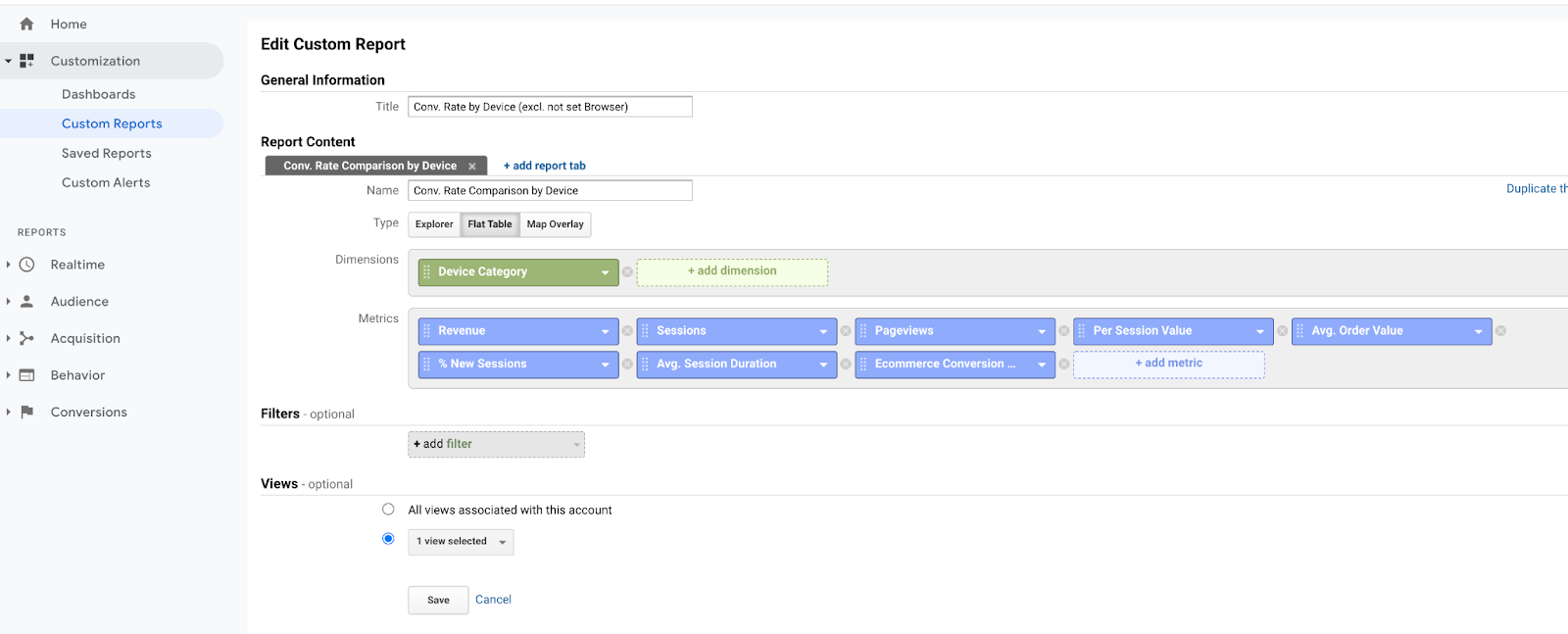
We want to measure:
We are then going to apply these two Segments (click to add to your Google Analytics) Multi-page view users: https://analytics.google.com/analytics/web/template?uid=-np4X0wFTIyc-o2IlEIJEw
Sessions that lasted more than 1 second (non-bailed users) https://analytics.google.com/analytics/web/template?uid=NTo5ts3STqm6bAwh3yc4Jw
Sessions that lasted less than 1 second (bailed users) https://analytics.google.com/analytics/web/template?uid=o7TerSI-TauvRExW6r1y1g
For this client, with 809k sessions, only 336k visited more than one page. And only 360k visitors interacted with the site for more than a second! Had you simply used the default conversion rate (All Users), you would see a conversion rate of 5.5%. However, the actual conversion rate is closer to 12%!

When you look at it, there are two main problems with conversion;
Addressing the right people and engaging them with the right content gives you a boost in how many visitors you can convert —and for how long before drop-off.
Typically, most web visitors don’t make a purchase just by looking at one page. Instead, it takes an average of 9 visits to a website before making a purchase.
With this, you can create a baseline for your conversion and know that people who engage with more than one-page express buyer intent.
So, in this case, whatever this company is doing to bring people to this website, 63% of them are not getting more than a one-page view. The reasons could be errors, spam, people window shopping, or, most likely, performance. If your first-page load is slow, people will give up and bailout.
Conversion rate optimization is about asking the right questions to get the correct answers.
The first thing to do is throw away any user who doesn’t visit more than one page. But at a minimum — throw away users who didn’t touch the page for more than one second. We’re now looking at users who were there one second or more.
In this case, 61% of the users are coming and leaving — not waiting for the site to load.
Think of it like this. If there are 8 million people in New York City, and my hypothetical ice cream shop only sold seven ice cream cones, is my conversion rate 7/8,000,000,000? Of course not! You want to measure real people who engage with your brand.
Quite surprising, right? Let’s break it down.
Acquiring vs. Converting: What’s the difference?
Marketers, especially third-party ones, will come in, and they’ll raise the amount of traffic that comes to the site using social media and other tools.
But their job is to acquire traffic, not convert it. Unless you understand how to separate the bad traffic, you’ll just have to say —” you’re right; you brought more people.”
We’re now having a conversion rate optimization problem because your real traffic isn’t up. And that’s when these customers come to Edgemesh.
A lot of marketing is on the artist side and not the data side. Consider bailed-out users, i.e., users who only stay on the site for less than one second.
The default Google Analytics dashboard has none of the critical data like that of the bailed-out users. Meanwhile, you can do what we did earlier and add these segments. A segment will carry forward in all the default views you look at.
So, when you’re looking at conversion rates, you can separate the BS. You won’t see bailed-out users anywhere if you look at acquisition. And that’s because Google charges you per click.
For instance, if you paid for 300k people and only 100k interacted with the site, you’re wasting a lot of money. The difference between the ad you paid for and the ad you got value for is what the bail ratio is all about.
The more you dig into these data, you’re confused and wondering —” Are these real people?”. And this is a prevalent trap that affects your conversions. As a result, different factors play a role in influencing how optimized your conversions will be for your audience.
It’s hassling enough building a team, setting up a website, writing copy, improve page speed, get enough traffic —only for the traffic not to convert.
All efforts made, wasted! And in turn, it impacts your revenue negatively as your customer acquisition cost outweighs all other areas of your business. This is when you know you have a CRO problem —and below are five ways you can improve them;
The best CRO practices, growth hacks, and techniques will never work for your business if you’ve not taken time out to identify what value you provide to your audience.
Your ideal customers are at different stages in the customer acquisition funnel —some at the bottom, some at the top, others in the middle. Irrespective of what level they are in the funnel, one thing that ties them together is the value you provide—either through your product or services.
You need to constantly reiterate that value in every stage of interaction with your audience. However, resist the urge to talk only about how good your products or services are —instead, talk more about how you can help solve a problem or get a particular result.
Your primary approach to your audience should be a “problem-solving approach,” not a company-focused one. This approach allows you to maintain credibility while also improving the perception of your brand and creating awareness to an even newer audience.
In the study done by the Delhi School of Internet Marketing on the effectiveness of CTAs, —it was discovered that personalized CTAs convert 42% more visitors into leads than untargeted CTAs.
The power of personalized CTAs in every aspect of interaction with your audience cannot be over-emphasized. As a web visitor scrolls through your website, his aim to interact with content that aligns and interacts with him.
Minor changes in your CTA copy can make as much as a 78.5% increase in conversions like iMPACT did. From using the generic CTA— “free download.”
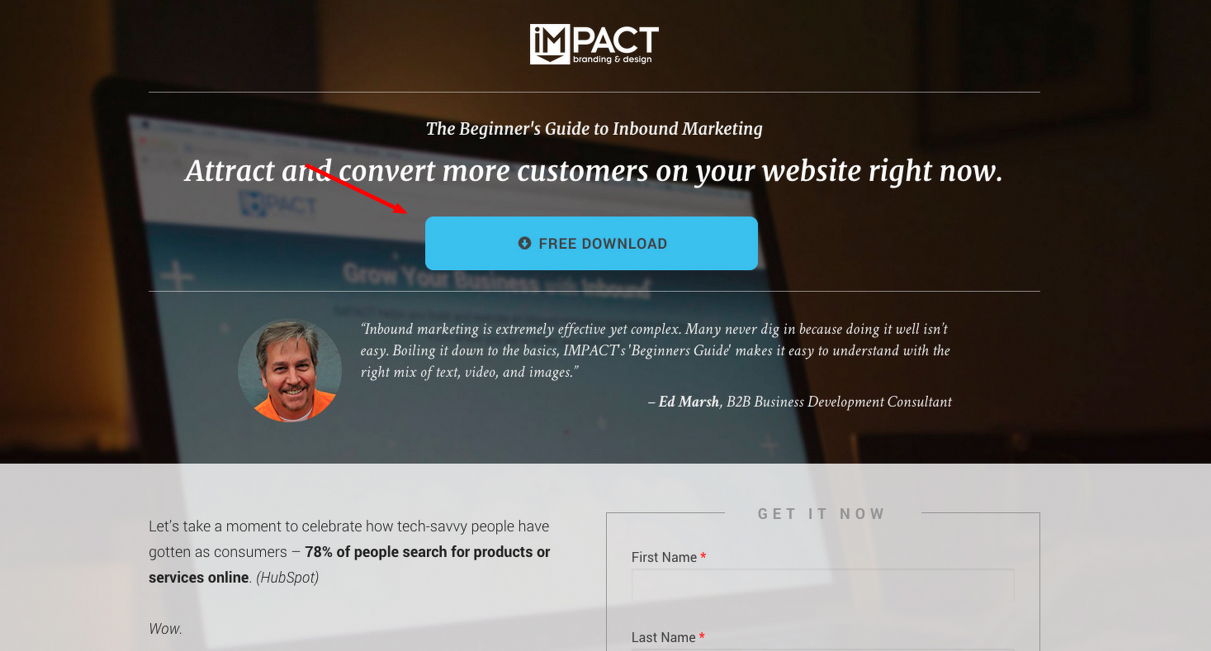
To a more personalized one, “show me how to attract more customers.”
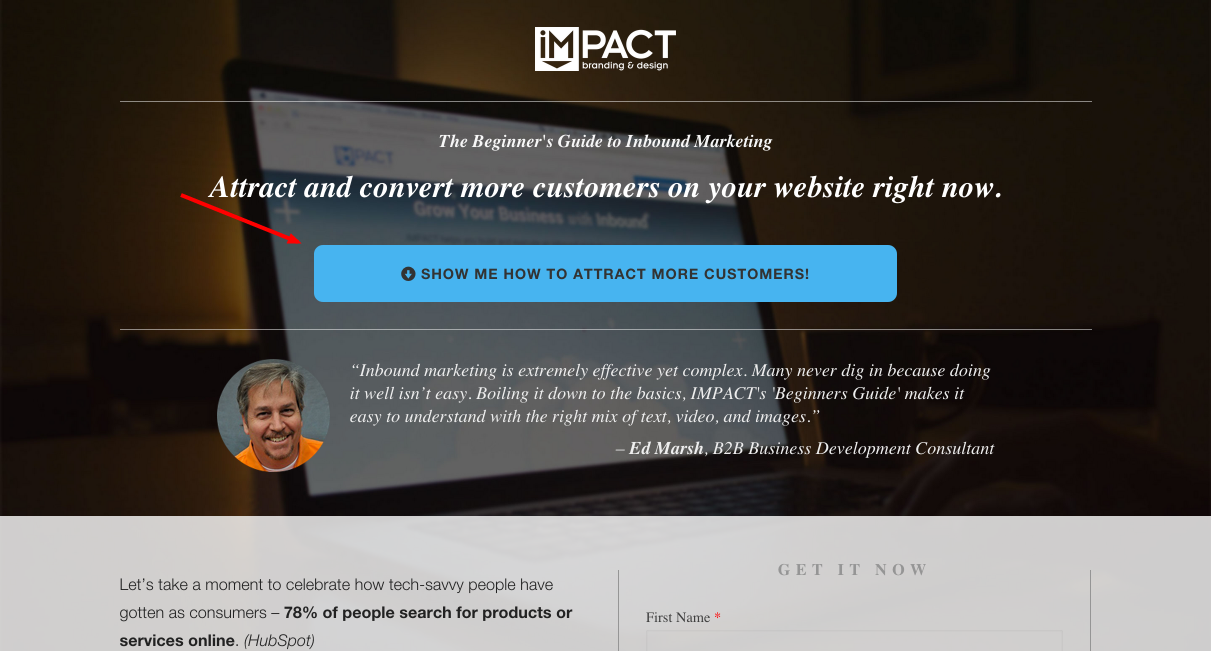
In getting more conversion for your business, you need to pay close attention to your audience and make sure their experiences are personalized enough to help them take your desired action(s).
Before the advent of social media and technology as a whole, word-of-mouth has helped build brands from the dawn of time. It helped companies like Nike, Coca-Cola, McDonald’s, Disney, and the likes become who they are today. And even up till now, it hasn’t stopped.
It’s one reason why 92% of people will trust a recommendation from a peer compared to a paid advert. And 88% of consumers are influenced by online reviews in their purchasing decisions. So, what does this tell you?
Utilize your present customer’s stories in attracting new customers. Creating things such as a case study on how your product or services helped a client achieve a result goes a long way. If you run a SaaS business, for example, apart from utilizing case studies as social proof, companies such as Trust Pilot, Capterra, and G2 are places your customer will go to for reviews on your software.
Make sure to give the best services to your customers to create a good perception of what your company is all about.
Nutshell, for example, utilizes this on their landing page:
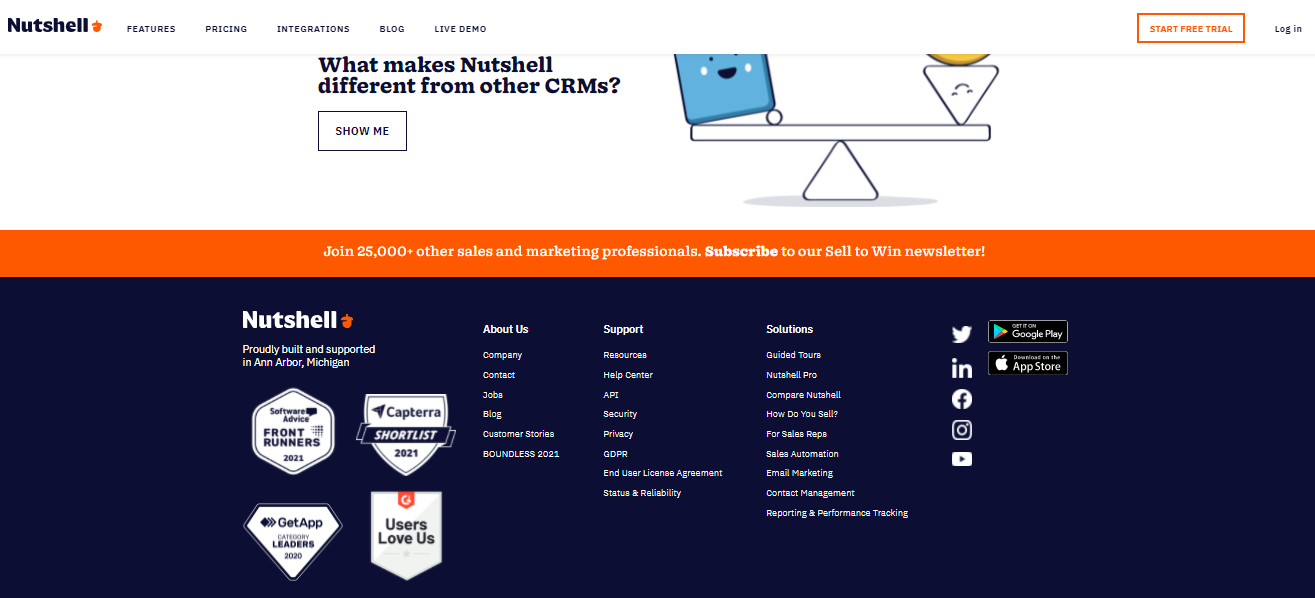
They understand that offering social proof in the form of awards gotten from review sites to their customers will not only increase their credibility, but it also helps with their CRO.
It feels good having a landing page convert a reasonable amount, and it sometimes gives you the idea; “Yeah, this is perfect, and we shouldn’t change anything.” Newsflash, it’s a wrong move! If you keep your landing page stagnant and avoid optimizing for anything, as time goes by, web visitors get used to your landing page and are no more motivated in taking intended actions.
It doesn’t necessarily mean your landing page is now wrong. Instead, it means changing one or two elements every once in a while can make it better. Consider implementing two variants of the same landing page.
Landing Page A will be shown to a particular audience with some aspects of the website.
Landing Page B will be shown to another audience, this time with different sets of elements not present in landing page A.
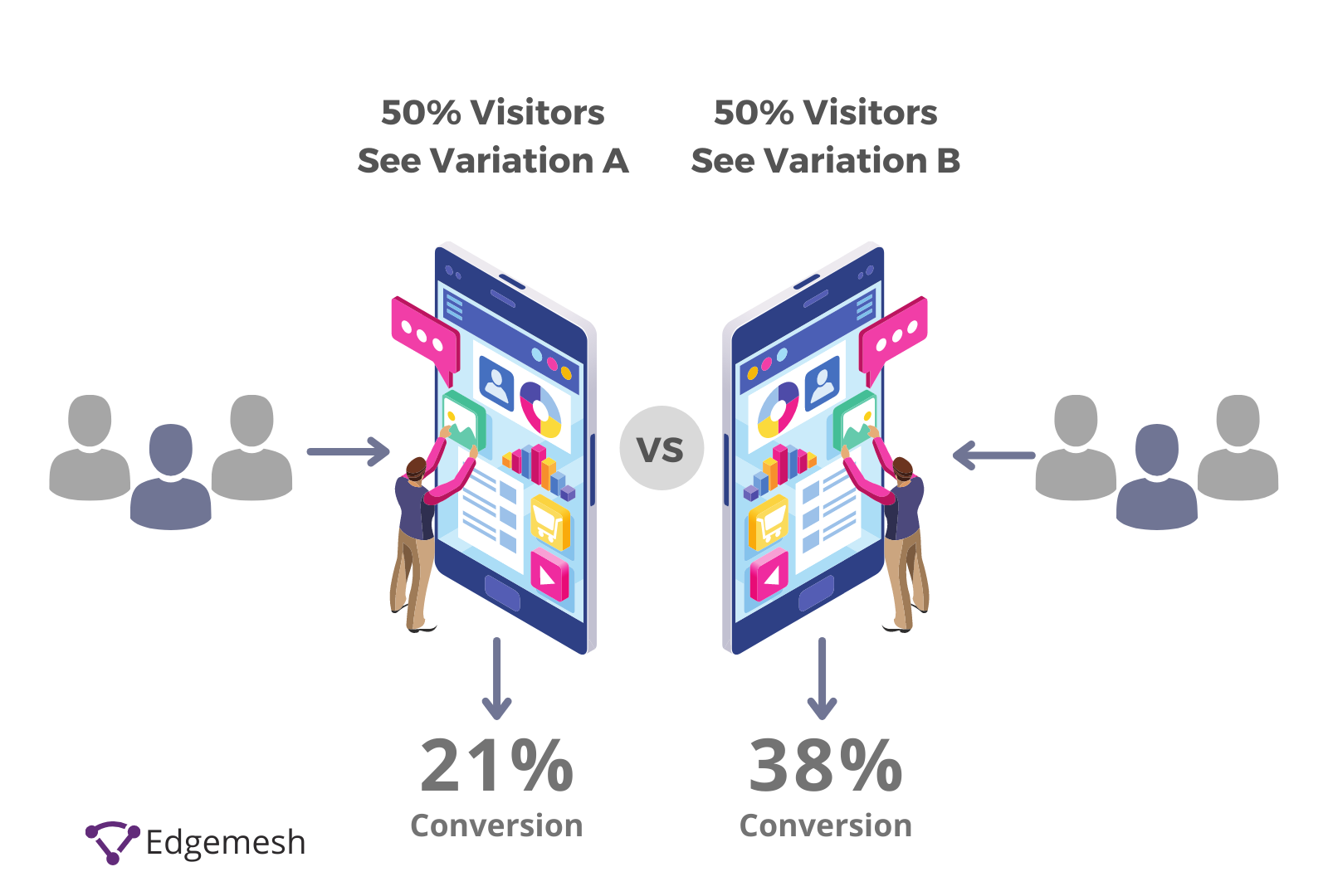
To best understand this, you can use heatmaps to identify drop-offs in your landing page over a particular period. This will help you know what elements to add, remove or improve on. Heatmaps tools such as Hotjar, Crazy Egg, Inspectlet, and FullStory are good options to pick from.
When you’re trying to search for something on Google, and you type in “best microphones for remote teams,” the type of content and the tone at which it’s written will be completely different from searching for “best microphones for video game streamers.”
What’s the difference? Audience!
To improve your CRO, you need to communicate with your audience in a language that they understand —and one only meant for them. Avoid making the context of your content unnecessary, complex, and unrelatable.
Instead, the tone and formality in your content should be the same as your proposed audience. Doing this allows your audience to relate to you quickly because they feel you understand their pain points, and as such, you’d be the best in solving it for them.
AND.CO, for example, makes the best use of focusing on their primary audience —Freelancers.
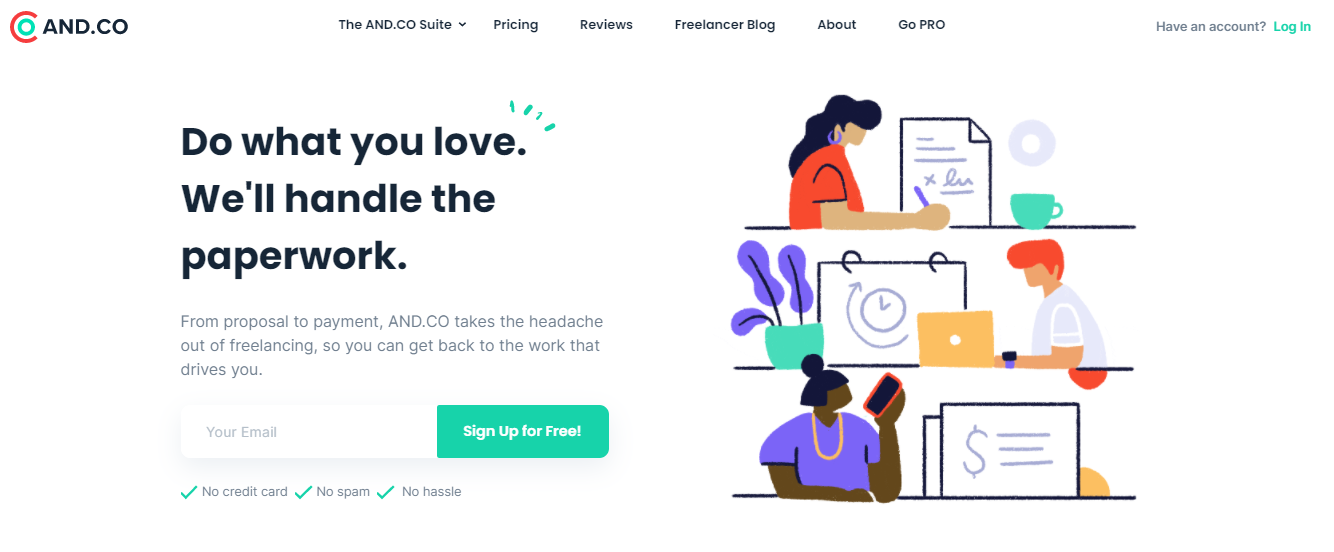
With this, they’re able to tailor their headline perfectly in a way that their audience will easily understand and relate to.
For ecommerce businesses, optimization is everything. And speed is the critical foundation.Edgemesh is an optimization solution that delivers the speed ecommerce businesses need to drive real business results. We start with the foundational metrics in this guide and continually help our customers measure, achieve and sustain their performance goals.
With Edgemesh’s head(ache)-less approach, get to results quickly (think days, not months) without changing what already works. Costly, complex and time-consuming redevelopment is no longer necessary. This is the first comprehensive, easy-to-deploy ecommerce solution that combines superior technology, support and insights for highest-impact benefits: optimized experience, engagement, conversions, average order value and ad performance.With expert guidance, backed by the most advanced analytics and insights available, we’ll help you turn up performance to win loyal customers, increase revenue and sustainably grow your online brand.
See for yourself how Edgemesh can help you leverage speed to drive a better shopper experience and stronger business results.
Get a Demo